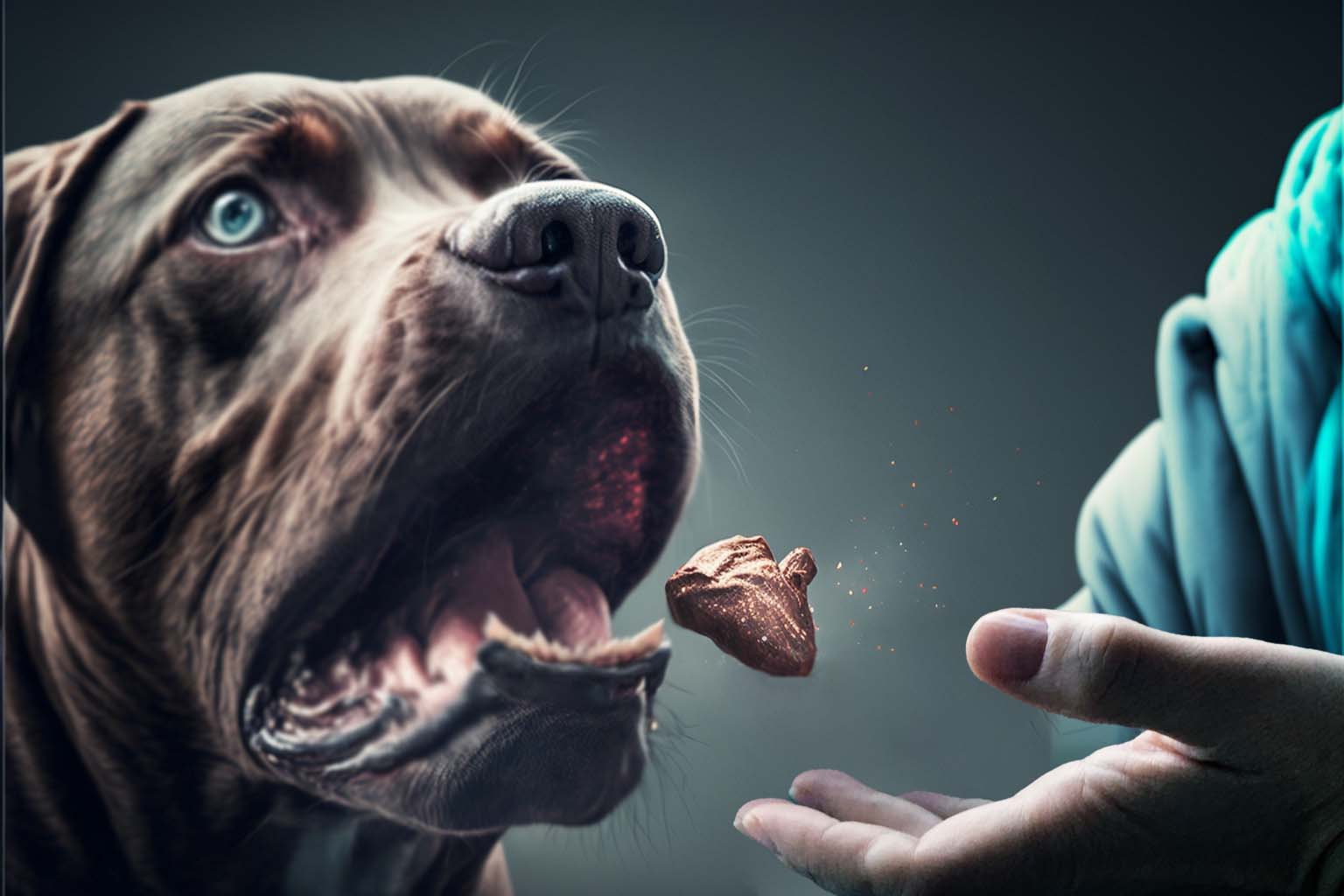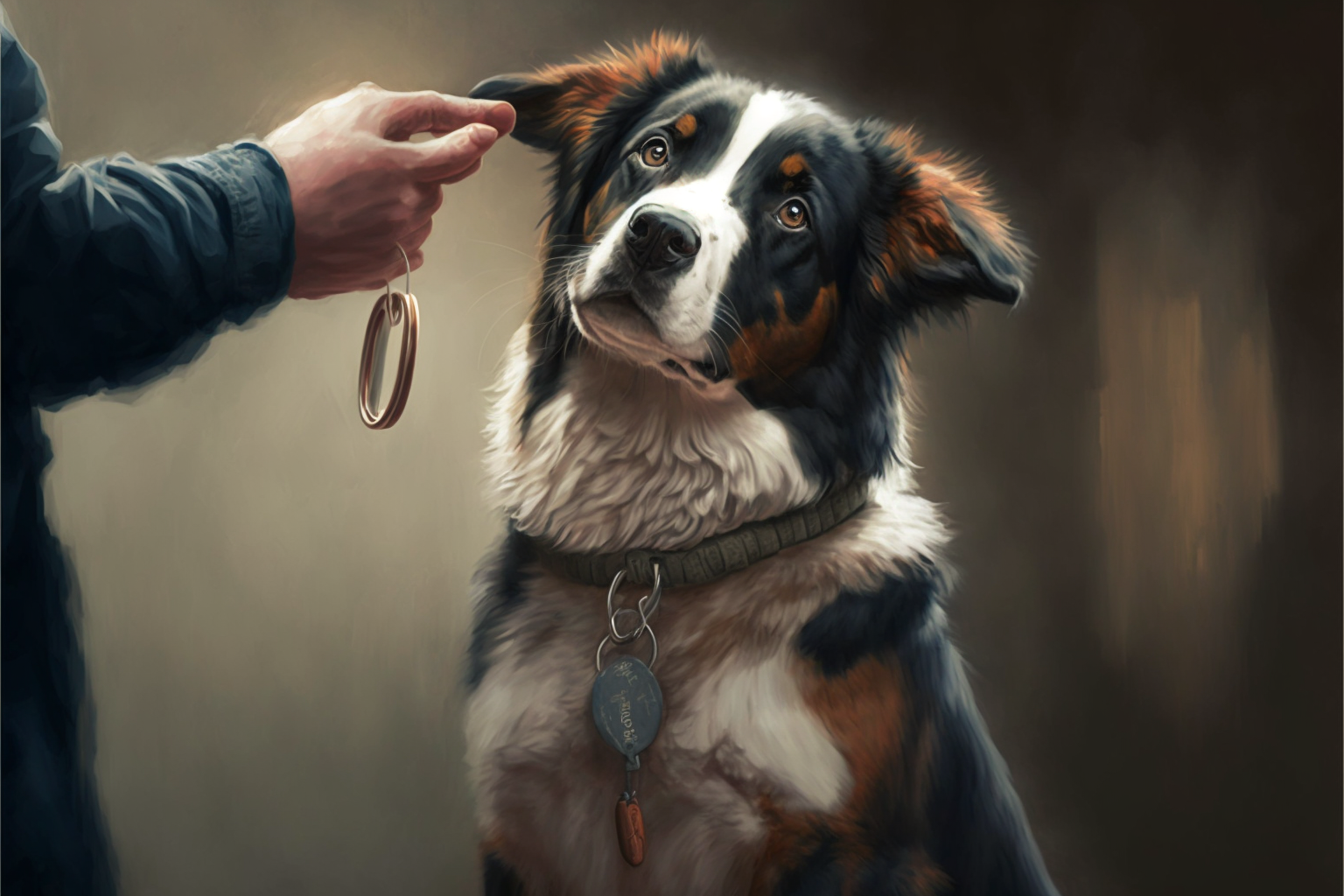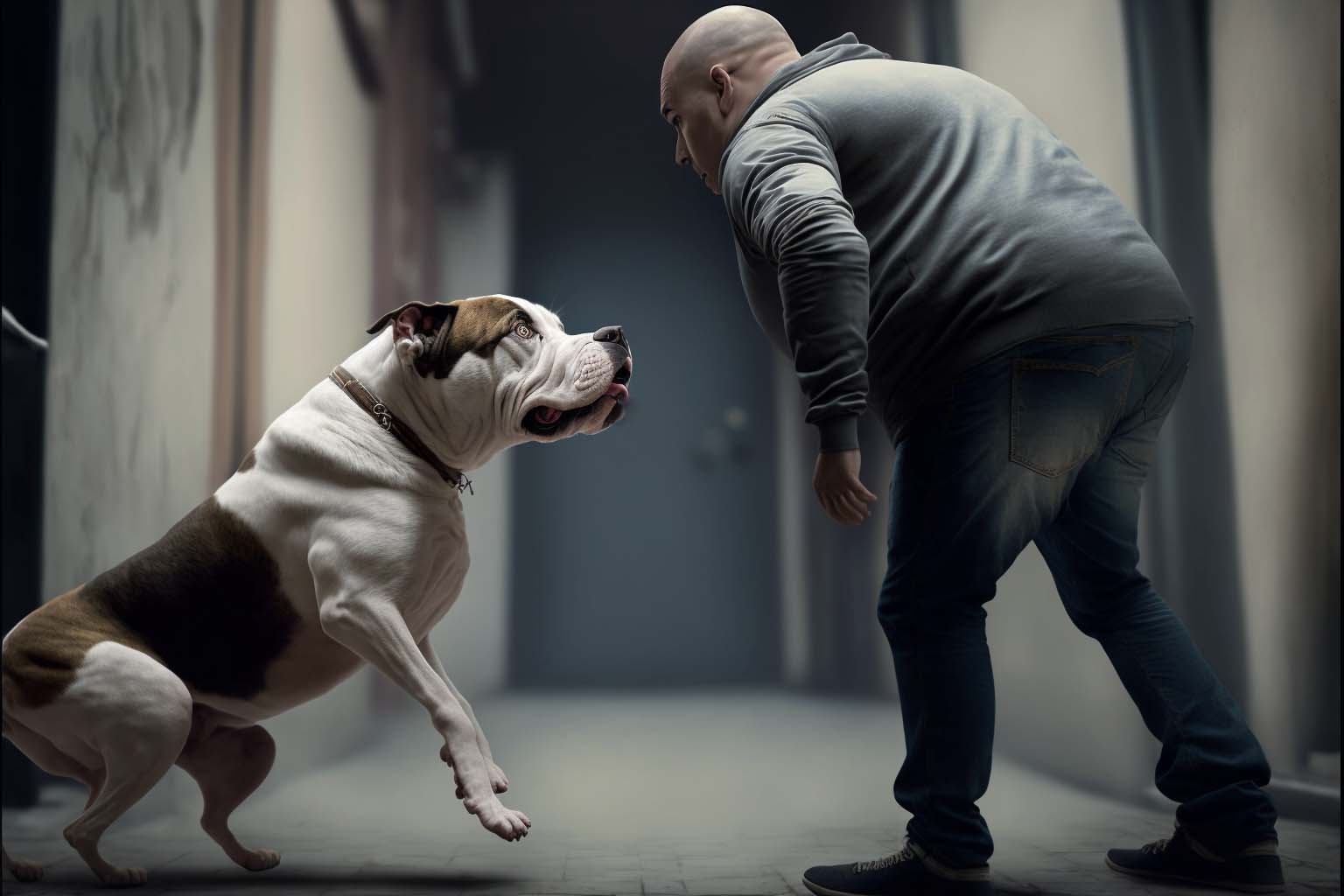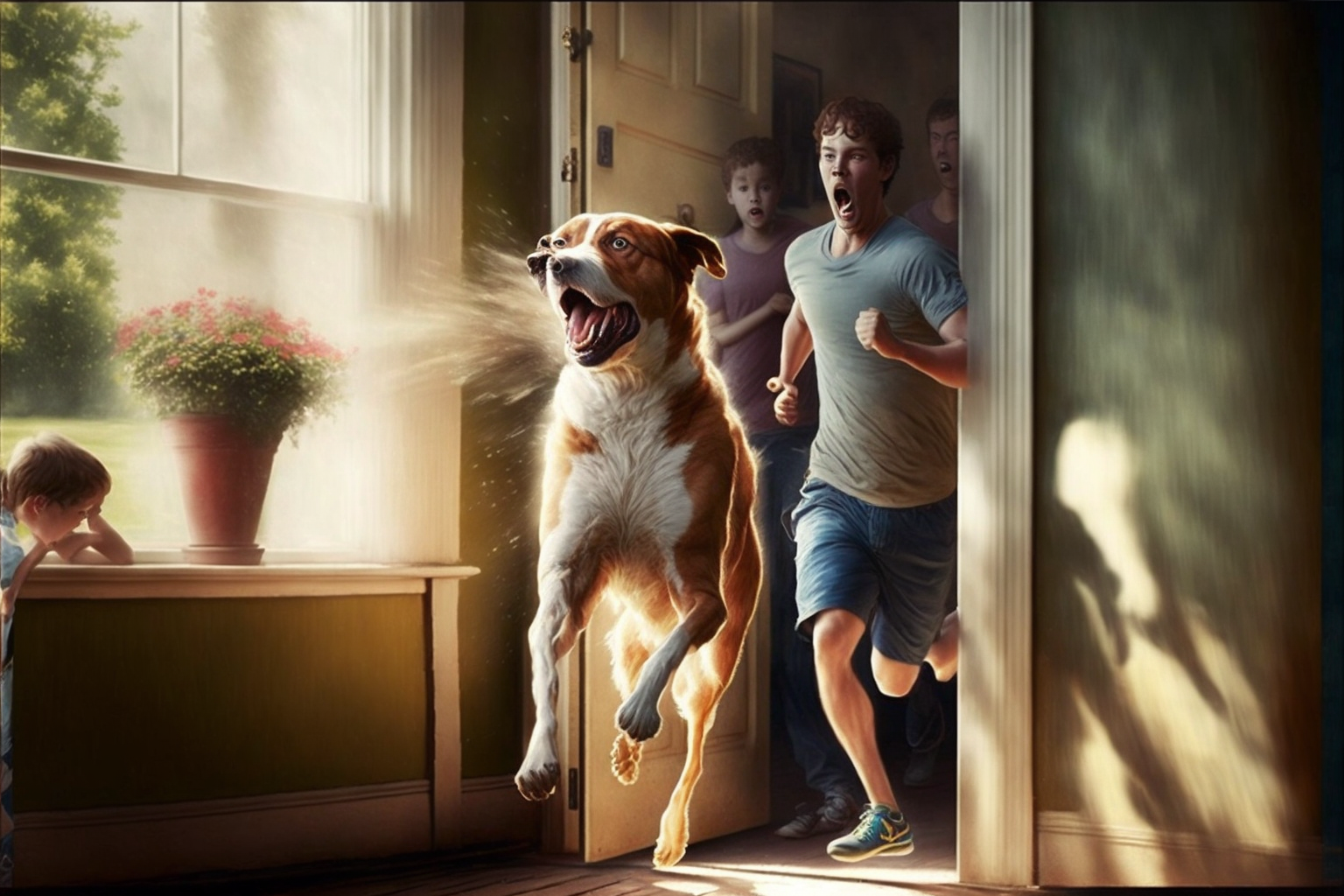Your cart is currently empty!
Dog Behavior
-

Environmental Enrichment (Part 2) Implementation
This is part 2 of the environmental enrichment for dogs from our upcoming book on dog aggression. Part 1 talked about why environmental enrichment is important in trerating aggression in dogs. In part 2 we will talk about some of the ways you can implement this. To start, think about what dogs typically do.…
-

Environmental Enrichment (Part 1) Introduction
This week we are going to focus on environmental enrichment from our upcoming book on dog aggression. Environmental enrichment is discussed when it comes to dogs in shelters, but we don’t often see it in regards to treating aggression. Part 1 will be on why Environmental Enrichment is important. Part 2 and part 3 will…
-

Dog Language: 3 Signs You Should Pay Attention To
Many people don’t know how to read the signs of stress in dogs. And often, there are too many signs happening so quickly to even catch them all. If you were to focus on only three signs, the following three might be the most easy to recognize. Licking lips It is amazing how often dog’s…
-

Do treats reward aggression?
This dog was about to be euthanized because he was aggressive to kids and dogs. See what happens when you blow in his face and watch what happens when he gets rewarded for this behavior in this video by the late Dr. Sophia Yin. This is a must see for anyone who is counter-conditioning. Training Aggression? Counter-conditioning…
-

What is Shaping Behavior?
Shaping dog behavior is a reward based technique based on teaching a target behavior is a series of gradual steps, each steps being a slight extension of that last. Shaping is an expression often used by people who are familiar with clicker training, as clicker training is an ideal method for shaping behavior relatively quickly…
-
I’d Rather Play with a Game Winner than a Contest Winner
More on social cognition: The takeaway from the paper: Social cognition in the domestic dog: behaviour of spectators towards participants in interspecific games is that spectator dogs preferred to approach the winner of the games opposed to approaching either winner or loser of a competition. This is a really interesting study on a number of levels. But…
-

Do aggressive dogs have more trouble understanding humans?
Dogs are better than monkeys when it comes to reading our social cues to find hidden food and according to this study, Human-like Social Skills in Dogs?, are “unusually skilled as reading human social and communicative behavior”. Yet in a study with selectively bred foxes who were not selected for this skill, but bred to…
-

Pay Attention!
There are excellent reasons for training your dog to pay attention, especially if they are reactive or aggressive. Many aggressive dogs are anxious about the situation they are in and unable to properly assess whether there is a legitimate threat. Getting and keeping your dog’s attention is one of the first steps needed in treating…
-

Sound reactivity and paw preference
Have you actually paid attention – do you know what paw preference your dog has, if any? Some studies suggest (1) that female dogs might be more right-pawed on average, while males tend to be left-pawed, and some studies suggest preference might be flexible depending on the circumstances. (2) However, dogs without a significant paw preference…

